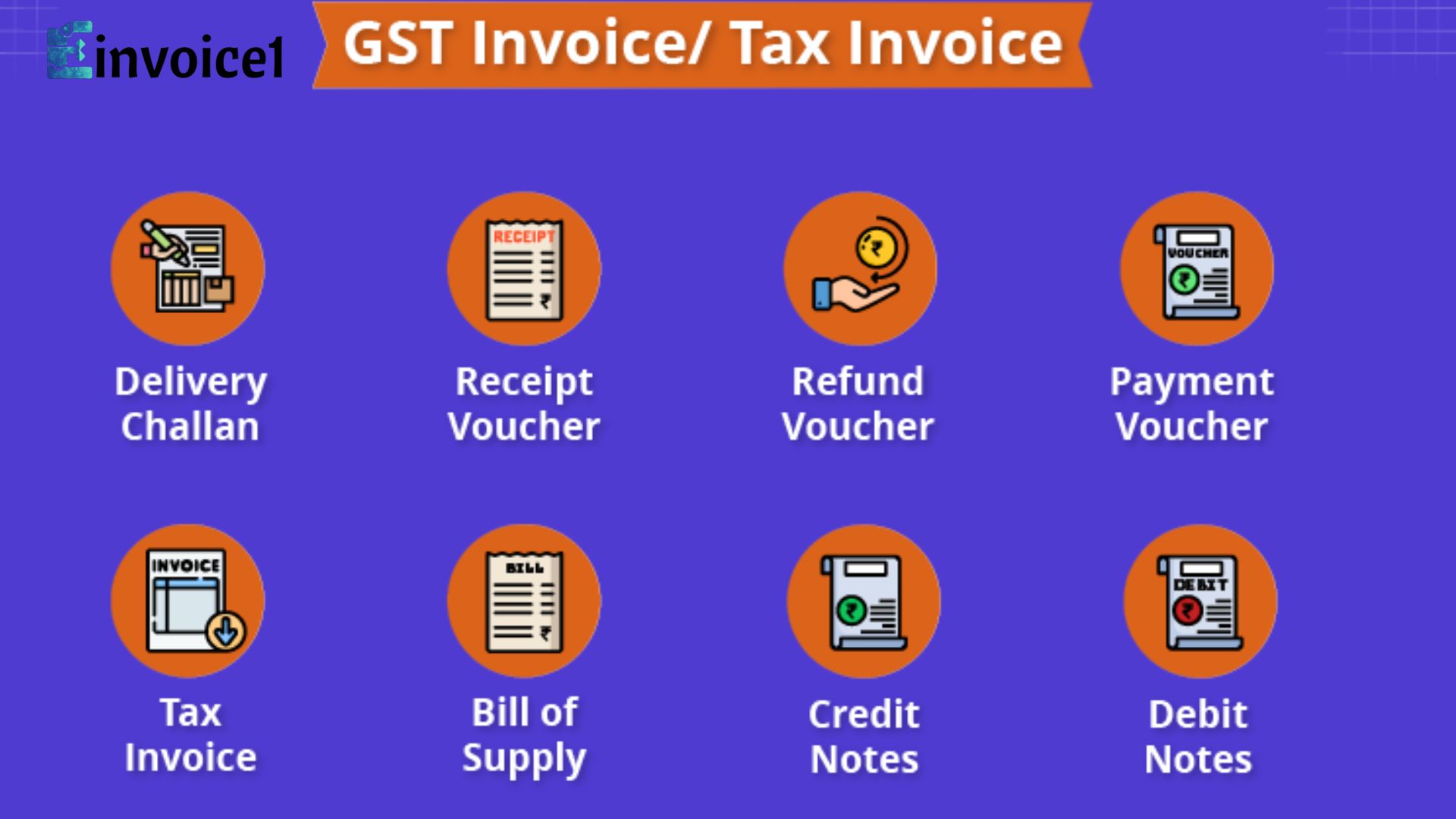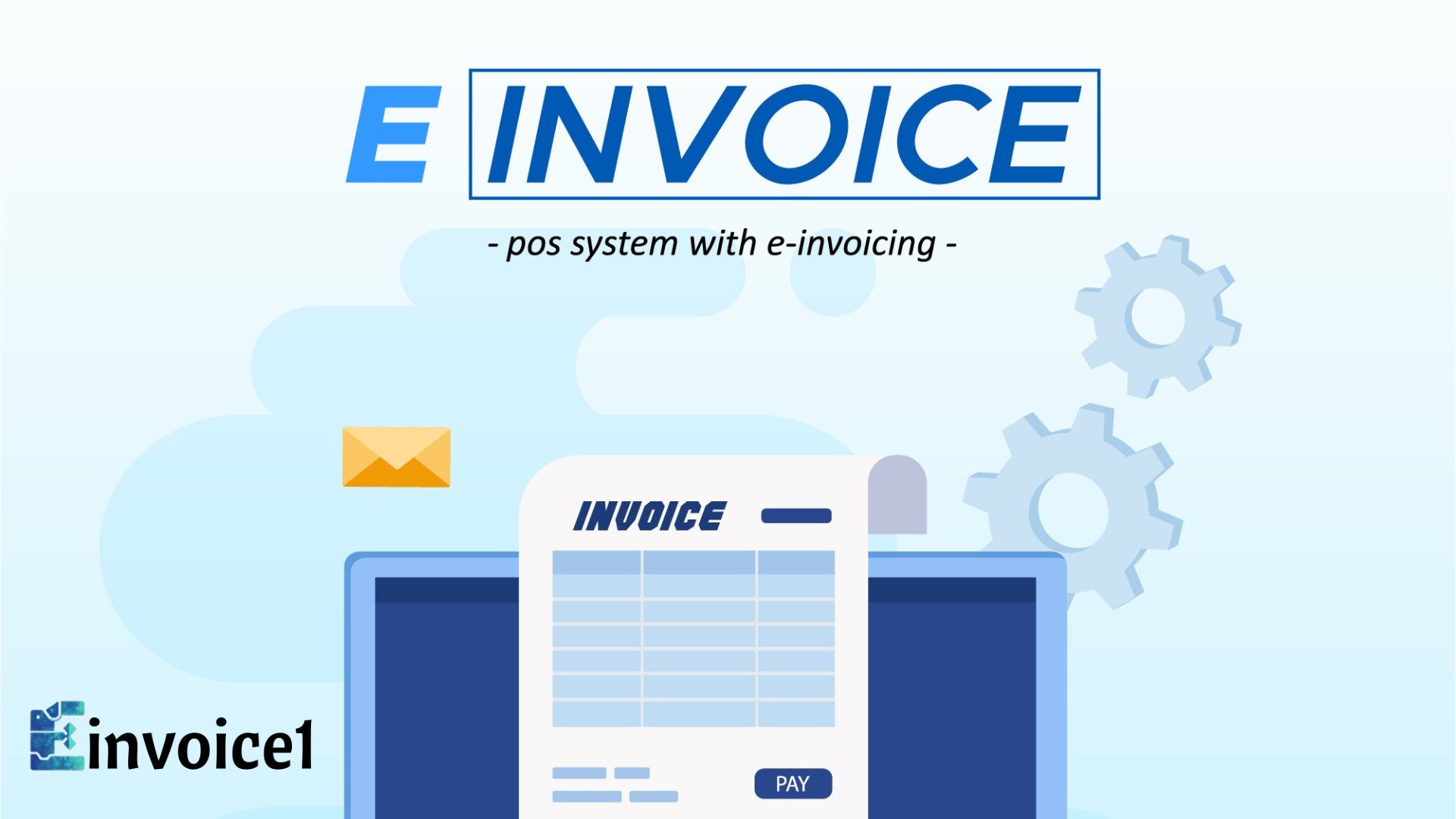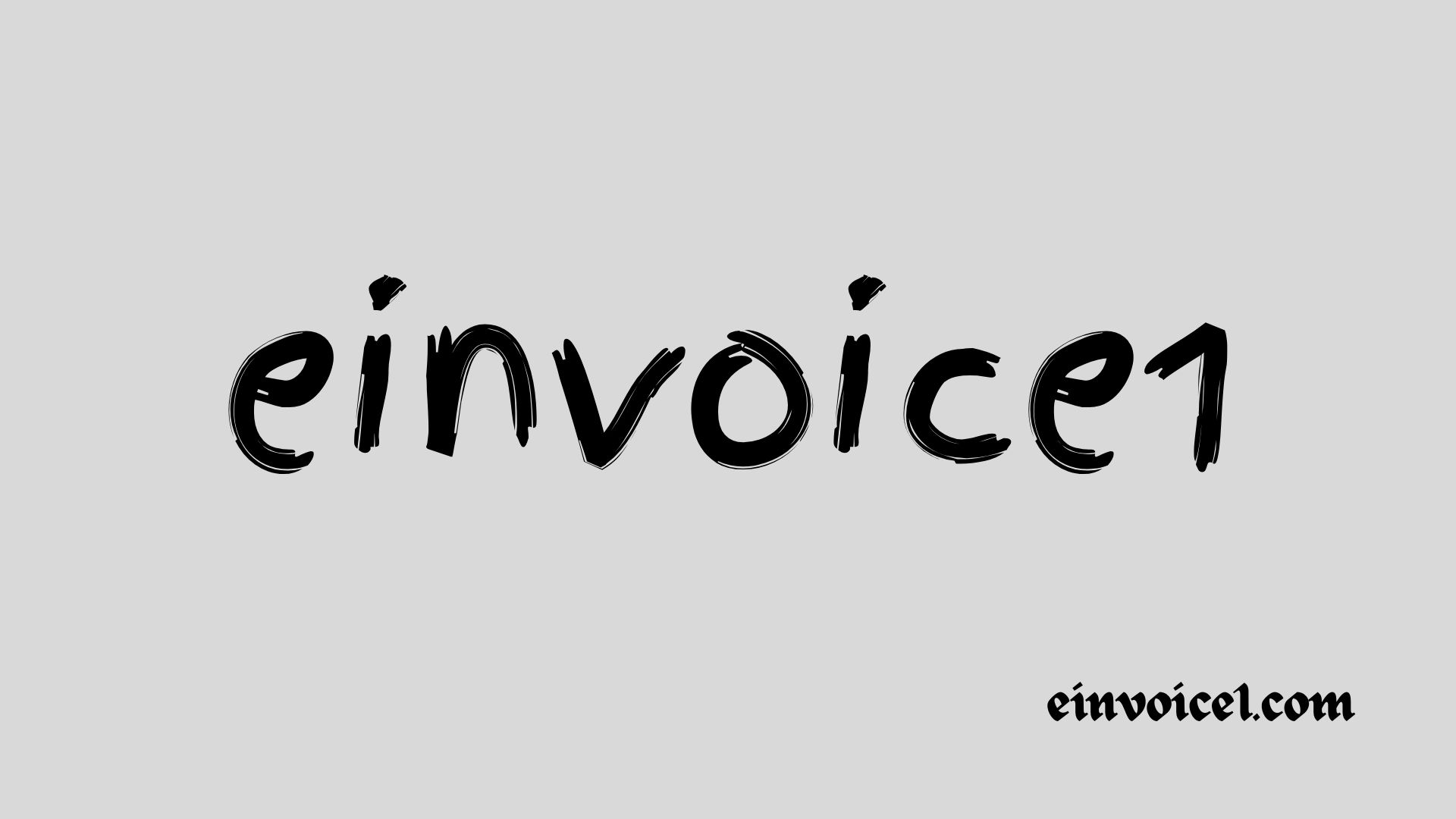The Indian digital transformation of taxation has modified the way businesses generate, store and report invoices. Some of the most significant changes include the adoption of the e invoice portal which is a government compulsory system aimed at standardizing the process of invoicing to the GST registered businesses. This portal is essential in creating transparency, evading less tax, and simplifying compliance between small and large companies.
Many business owners, accountants, and finance managers are still learning how the einvoice portal works and why it is essential for day-to-day operations. The article details all the information about the portal, features, benefits, process flow, and how the businesses could utilize the portal to the best of its use.
Key Takeaways:
- The e invoice portal is a government platform for generating standardized GST invoices.
- It helps businesses comply with tax laws while improving transparency.
- Learning how to use the portal can save time, reduce errors, and build long-term efficiency.
What Is the E Invoice Portal?
The e invoice portal is the government portal that was developed as part of the Goods and Services Tax (GST) in India. It also enables companies to create invoices in standard electronic format that could be verified and authenticated by the government at the Invoice Registration Portal (IRP).
Conventionally, invoices were designed in various formats by accounting software or manual. This frequently caused the misalignments in filling the tax returns. The e invoice portal solves this by introducing a common structured format known as JSON (JavaScript Object Notation). Any invoice created has to be uploaded to the portal where it issues an Invoice Reference Number (IRN) and a QR code to authenticate it.
This is done so that invoices are homogeneous and traceable and cannot be tampered with.
Who Needs to Use the E Invoice Portal?
The government has made e invoicing mandatory in a phased manner. Initially, it was applicable only to businesses with very high turnover. Over time, the threshold has been reduced to bring more companies under its scope.
Currently, as per the latest notification, businesses with an annual aggregate turnover of ₹5 crore or more are required to generate invoices using the einvoice portal. This applies to B2B transactions, exports, and some special cases.
Exemptions
Certain sectors such as banking, financial institutions, insurance companies, passenger transport services, and SEZ units are exempt from using the portal.
Real-life Example
A wholesale trader with ₹10 crore turnover must upload every B2B invoice to the e invoice portal to receive a valid IRN. On the other hand, a small retailer with ₹2 crore turnover does not fall under the current mandatory requirement.
Step-By-Step Process of Using the E Invoice Portal
Understanding the process is essential for error-free compliance. Here’s a step-by-step guide to how the e invoice portal works:
- Invoice Preparation – Businesses prepare invoices in their ERP or accounting software in JSON format as per the schema provided by GSTN.
- Upload to IRP – The invoice is uploaded on the einvoice portal (Invoice Registration Portal).
- Validation by IRP – The system checks details like GSTIN, invoice number, and format.
- Generation of IRN and QR Code – Once validated, the portal assigns an Invoice Reference Number and a digitally signed QR code.
- Return Integration – The validated invoice automatically flows into GST returns (GSTR-1) and e-way bill system if required.
- Invoice Sharing – The supplier can then share the authenticated invoice with the buyer, including the QR code.
Example Flow Table
| Step | Action Performed | Output Generated |
| 1. Invoice Drafting | Business prepares invoice in JSON format | Draft Invoice |
| 2. Upload to IRP | Uploaded via e invoice portal or API integration | Processing by IRP |
| 3. Validation | IRP verifies GSTIN, details, and format | Confirmation or Error |
| 4. Authentication | IRN + QR code issued by the portal | Valid E-Invoice |
| 5. GST Integration | Auto-populated in GST returns and e-way bill | Compliance Made Easy |
ALT text: Table showing the step-by-step process of generating invoices using the e invoice portal.
Reminder: An invoice without an IRN generated through the e invoice portal is considered invalid for GST purposes.
Key Features of the EInvoice Portal
The e invoice portal is designed to simplify compliance while ensuring transparency in the taxation system. Here are its core features:
- Standardized Invoice Format – All invoices follow a uniform schema for consistency.
- Automation – Data flows directly into GSTR-1 and e-way bills, reducing manual effort.
- QR Code Authentication – Each invoice contains a digitally signed QR code for verification.
- Integration Support – Businesses can integrate their ERP or accounting software with the portal via APIs.
- Error Detection – The portal validates invoices and prevents duplicate or incorrect entries.
Example
A manufacturing company using accounting software like Tally can integrate with the e invoice portal to automatically upload invoices, saving time and avoiding manual entry errors.
Benefits of Using the E Invoice Portal
Adopting the einvoice portal provides several advantages for businesses:
- Legal Compliance – Ensures invoices are GST-compliant and valid.
- Reduced Errors – Automatic validation minimizes manual mistakes.
- Time-Saving – Data flows into GST returns without duplication of work.
- Transparency – Prevents tax evasion and builds trust with customers and authorities.
- Global Standardization – Helps businesses align with international electronic invoicing practices.
Comparison Table: Traditional Invoices vs E Invoices
| Factor | Traditional Invoice | E Invoice via Portal |
| Format | Different for each business | Standard JSON schema |
| Compliance | Manual verification | Auto-validated by IRP |
| Error Risk | High | Low |
| Data Integration | Manual GST filing | Auto-populated in GST system |
| Authentication | Not possible | IRN + QR code issued |
ALT text: Comparison table showing differences between traditional invoices and e invoices generated through the portal.
Common Challenges Faced by Businesses
While the einvoice portal has simplified GST compliance, businesses face some practical challenges:
- Technical Readiness – Small businesses may not have ERP systems to generate JSON invoices.
- Connectivity Issues – Uploading invoices requires stable internet access.
- Training Needs – Staff must be trained to understand the schema and process.
- Volume Management – Companies issuing thousands of invoices daily need automated API integration.
Expert Insight
According to tax consultants, businesses that invest early in automation and integration find the e invoice system much smoother. Over time, this reduces compliance costs and enhances operational efficiency.
Future of the E Invoice Portal in India
The government is continuously expanding the scope of e invoicing. Experts predict that the turnover threshold may be reduced further to include even smaller businesses. The system is also likely to be integrated with other financial reporting tools, making compliance even more seamless.
Additionally, India’s adoption of e invoicing aligns with global practices. Countries in Europe, Asia, and South America already follow structured e invoice systems to ensure tax transparency. This global trend shows that digital invoicing is the future of business operations.
Conclusion
The e invoice portal has become an essential part of the GST ecosystem in India. It ensures compliance, reduces errors, and improves transparency in the invoicing process. By standardizing invoice formats and automating integration with GST returns and e-way bills, the portal saves both time and effort for businesses. For companies above the turnover threshold, adopting the einvoice portal is not optional—it is mandatory. But beyond compliance, it also offers long-term benefits like better accuracy, reduced fraud, and improved trustworthiness. Businesses that embrace this change early will find it easier to manage taxation in the digital era.




